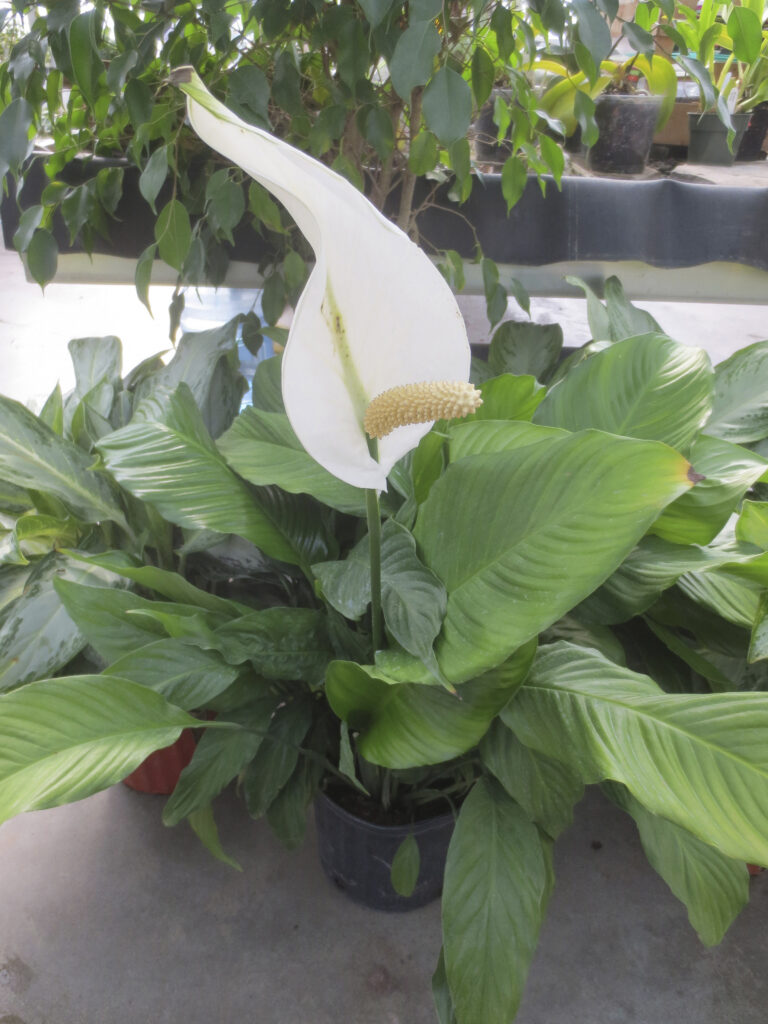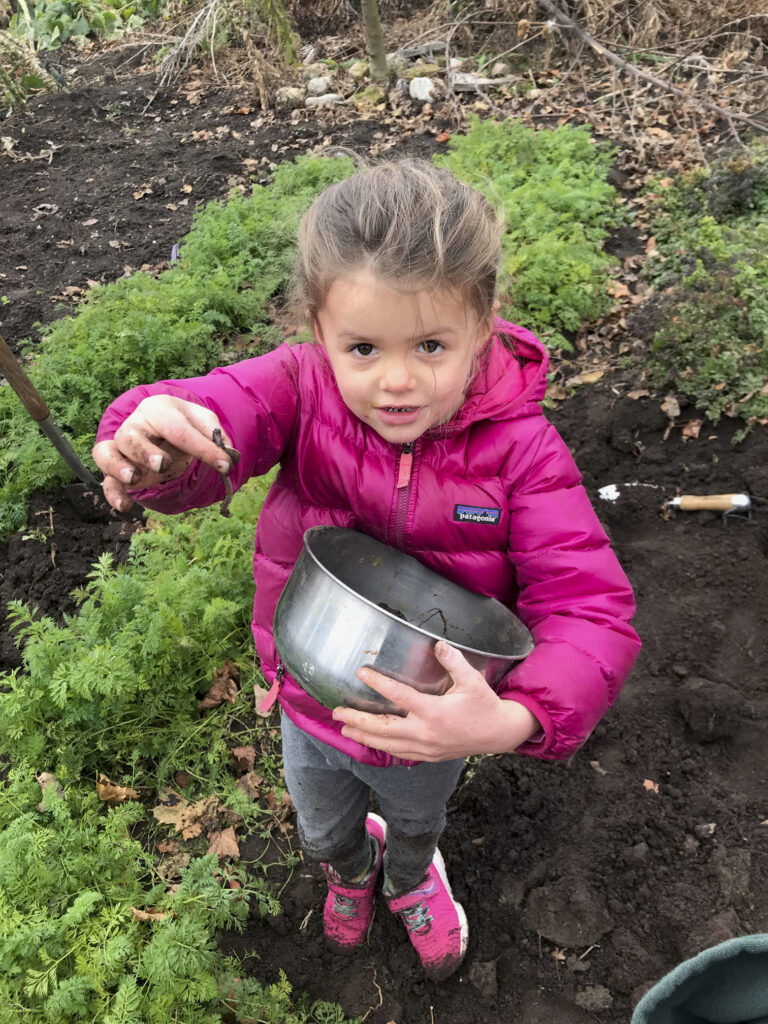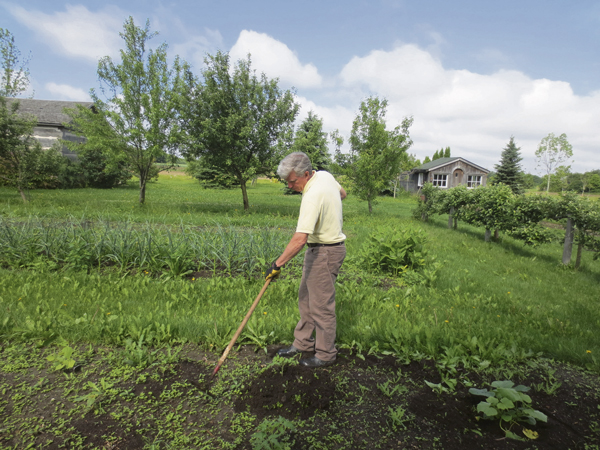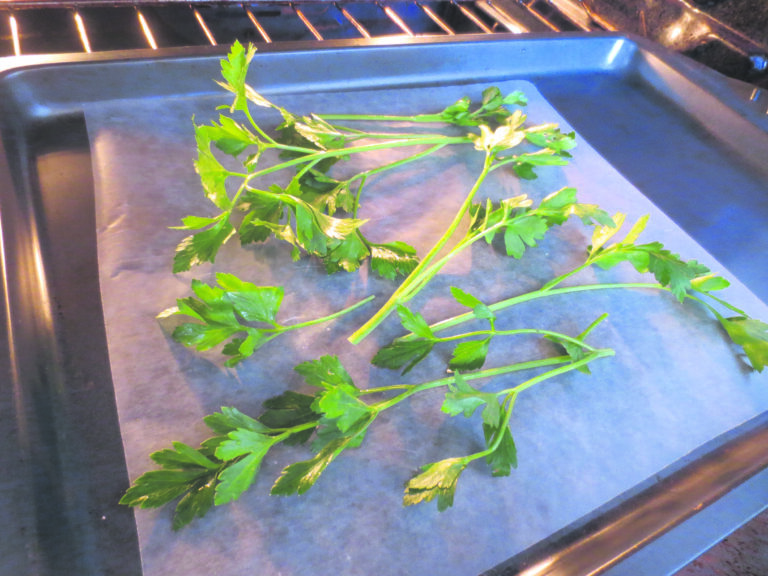by Mark and Ben Cullen
We are in the business of cultivation.
It’s a business with many branches, and one of them involves us gathering information that we hone into advice and perspective to help you cultivate your horticultural ideas.
And right now, during winter down time, ideas are what gardeners are growing. Many of us find inspiration by reading about our favourite hobby and, in doing so, we run into words that are used in horticulture but are otherwise meaningless.
Here’s our short list of important horticultural terms that we hope will help as you germinate gardening ideas and plans.
Humus. Every gardener needs a sense of humus — see what we did there? Humus is, simply, finished compost. When your banana peel breaks down in your composter or in the garden, it becomes humus.
Humus is the organic foundation of great garden soil and a great garden is built on great soil.
Microbes/micro-organisms. A microbe is life that is too small to see with the naked eye. It is a microscopic organism, a tiny creature that could be bacteria or fungus. They exist among all animals and plant life.
Soil is alive with microbes: over four billion of them in a handful of healthy soil. A lack of microbes and microbial activity (think of them as frolicking around in the soil together) is a sign of poor soil health.
Granted, there are microbes that can do harm to humans, promoting disease and the like, but for the most part they are beneficial. Microbes and micro-organisms are the same thing.
Biodiversity. A combination of the words biologic and diverse, as in biologically diverse. It refers to “the variety of life in the world or in a particular habitat or ecosystem” (Oxford Languages).
This is important in the garden; anything you do to promote biodiversity will be helpful to plant life and all the animal activity that supports it. This is a two-way arrangement. For instance, a mason bee visits a flower for nectar and pollen, the bee gains sustenance and the flower is fertilized and reproduces. The more you can promote this kind of activity in your garden, the greater the biodiversity you have.
We recommend that a pond or still water feature in your garden will have the greatest impact on biodiversity in your yard.
Mycorrhiza is a symbiotic relationship between a fungus and the roots of plants, and it’s a relationship that creates better access to nutrients for each. Simple, right?
Well, in reality, the science of soil and plant life is just as complicated as the many factors and relationships that affect human health. But, straight up, high-functioning mycorrhiza is the pathway for nutrients to plant roots.
Think of the electricity in your home. You flick a switch and the lights come on. The electricity travels through a coated wire or a conduit from the source in your home, and from many points well beyond. The electricity is to your lights what mycorrhiza is to your plants.
NPK. These are the elemental symbols for nitrogen, phosphorous and potassium — the three most common elements used by plants. There is a law in Canada that every package of fertilizer must list the NPK (not so in the U.S.). The reason is that these elements are so widely consumed by plant life that you, the consumer, are entitled to know which of them are in your plant or lawn food.
Nitrogen promotes green growth, phosphorous feeds roots, and potassium is an enabler that helps the other two do their work best. Or, as Ben was taught in agricultural school, “up, down, all around”. N = upwards growth, P = downwards growth and K = better overall plant performance.
Rhizosphere. If we imagine the world as a basketball, the layer that supports life would be shallower than the dimples on the ball. It is the rhizosphere, or life-giving layer around plants’ roots that sustains all growth — where the beneficial bacteria, mycorrhiza and all the good stuff that keeps plant roots happy exist.
With some useful words for your gardening vocabulary — like soil rich with humus — may you be ever more productive this new year.
Mark Cullen is an expert gardener, author, broadcaster, tree advocate and Member of the Order of Canada. His son Ben is a fourth-generation urban gardener and graduate of University of Guelph and Dalhousie University in Halifax. Follow them at markcullen.com, @markcullengardening, and on Facebook.







